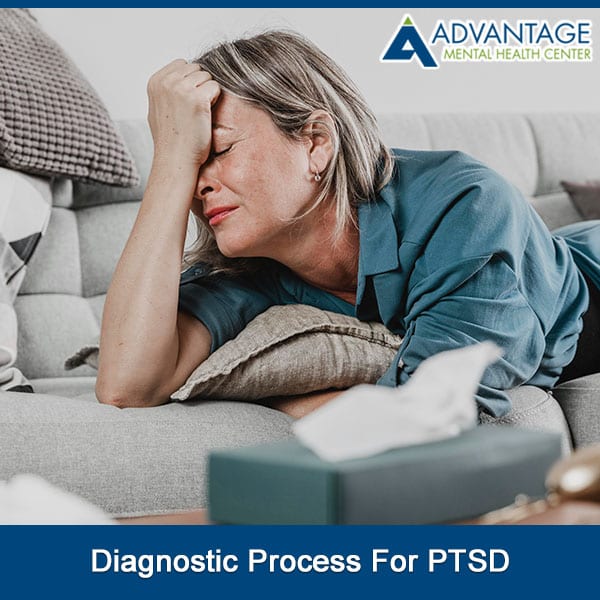Post-traumatic stress disorder, or PTSD, is a complex mental health condition that affects thousands of Americans every year. In recent years, it has come into the public eye once again thanks in part to celebrities being more open about their mental health struggles, as well as decreasing stigma around mental health discussions and treatments in general. However, many people still don’t have a clear picture of what PTSD is and how it is treated. In this article, we’ll go over the diagnostic process for PTSD, as well as some of the most popular PTSD treatments.
What is PTSD?
PTSD is a mental health condition that is either tied to a single traumatic event, such as a car accident, or a prolonged series of traumatic events, like living or working in an active combat zone or being in a relationship with an abusive person. The stereotype of PTSD is that it only affects soldiers who are returning from a war zone. However, this is inaccurate and harmful to the recognition and treatment of PTSD. The truth is anyone who has been through traumatic events can suffer from PTSD.
PTSD is complex, but it has some common signs and symptoms. When exposed to a traumatic situation, the brain switches into a “fight or flight” mode, increasing adrenaline to help a person react quickly to survive danger. PTSD is the inability to control this switch. People with PTSD are often hyper-vigilant or even paranoid. Depression and high levels of anxiety are also common. When exposed to a traumatic trigger, PTSD patients often experience flashbacks or intense memories of the traumatic event.
Clinically Diagnosing PTSD
Like many other psychiatric conditions, PTSD is diagnosed by looking at the symptoms presented by a patient and comparing them to the symptoms of PTSD. Mental health professionals look for six main symptoms when considering a PTSD diagnosis:
- History of trauma.
- An array of intrusive symptoms. This can mean anything from nightmares and flashbacks to intrusive thoughts or memories.
- Avoidance to triggering situations that remind the patient of their traumatic event.
- Hyperawareness (for example, anxiety, paranoia, and sleep disturbances).
- Depression or other negative emotions
- Distress to the point of dysfunction.
If a significant number of these symptoms are met, then the patient can be officially diagnosed with PTSD and treated for it.
PTSD Treatment
Like any psychiatric condition, PTSD treatment has to be personalized to the patient. There isn’t a one size fits all path to recovery. The most common successful PTSD treatments are a combination of psychotherapy and medication.
Psychotherapy is a form of talk therapy, that can help patients learn how to recognize and regulate their emotions and triggers. In the case of PTSD treatment, it can also help patients to separate their trauma from the severe emotional response.
Medication like anti-depressants is often used in conjunction with PTSD treatments like therapy to help a patient achieve a healthy baseline brain chemistry. This can help balance mood swings and hyperawareness common in PTSD.
Brain scans are an emerging technology in the realm of PTSD treatments as well. While it is not used to diagnose PTSD, it can show the structural changes that occur in the brain due to PTSD and may prove useful in developing future treatments.
Getting Help
Serious mental illnesses like PTSD should be treated by a professional. Professional PTSD treatment can be one of the best ways to overcome PTSD, and while it can be difficult to reach out for help, it can make all difference in recovery and treatment.
If you or a loved one suffer from PTSD, Advantage Mental Health Center is here to help in Tampa Bay and Clearwater, FL.
Picture Credit: Freepik


